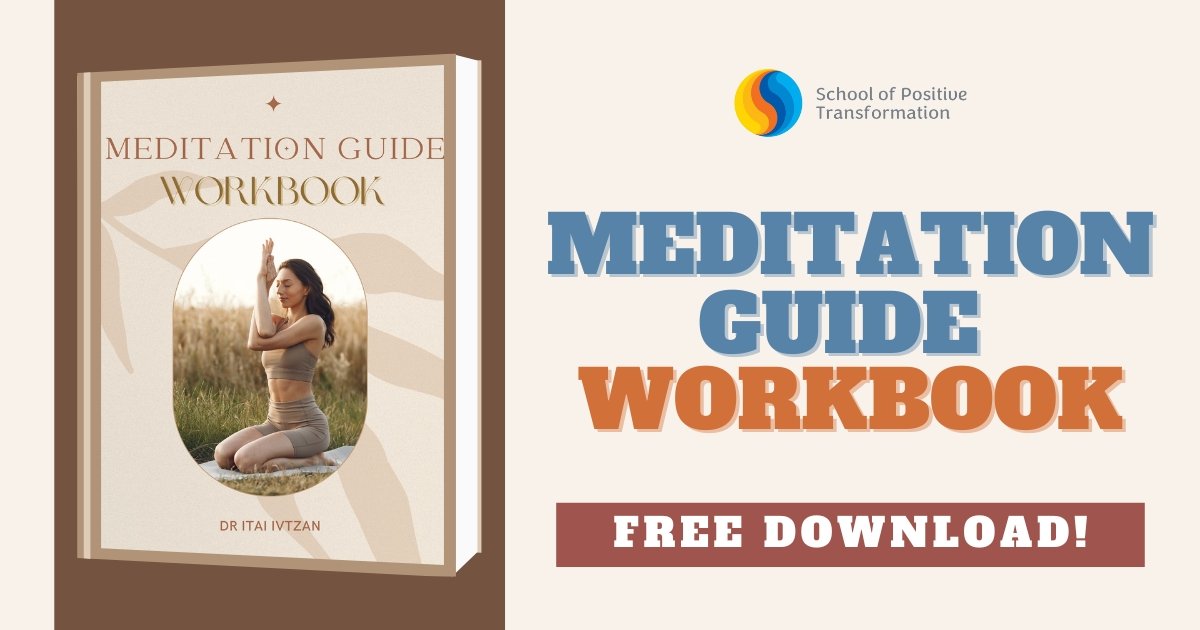Have you ever heard of music meditation?
 I first heard about music meditation from our meditation teacher training program. Our meditation teacher even mentioned that it is an excellent practice for meditation beginners and perfectionists because the process is more straightforward and more instantly relaxing than other forms of practice.
I first heard about music meditation from our meditation teacher training program. Our meditation teacher even mentioned that it is an excellent practice for meditation beginners and perfectionists because the process is more straightforward and more instantly relaxing than other forms of practice.
You do know how music can be a great stress relief technique for anyone and when coupled with meditation (one of the most popular stress management strategies), the combination can extend the positive effects of both, thus bringing more significant stress relief to a more calm mind and body, and building more resilience toward stress over time.
In This Article:
Benefits of Music Meditation
Fewer heart risks
Improves sleep
Pain relief
Boosts immune system
Sharpens the mind and memory
Lifts the mood
Alleviating anxiety
How to Start Music Mediation
Tips
Time Required
According to our meditation teacher, an excellent minimum time for music meditation practice is 20 minutes, but even one song that can go for 3-5 minutes is enough to reduce stress and restore energy quickly.
But before you continue, you might like to consider our free worksheet on exploring “Meditation Guide”. Please download this worksheet here.
 Benefits of Music Meditation
Benefits of Music Meditation
Fewer heart risks
According to Harvard Medical School, practicing meditation can be beneficial as it reduces risks of heart attack, stroke, or death within five years. It lowers cardiovascular risks because it physiologically decreases blood pressure, heart rate, adrenaline, and cortisol (a stress-related hormone).
Improves sleep
It was reported from a study on older adults that after six weeks of practicing mindfulness meditation, the participants who usually had trouble sleeping experienced less insomnia and fatigue. So another research from Harvard tried to pinpoint which mindfulness meditation works best specifically. They found that mindfulness meditation focusing on breathing and awareness of the present moment were the two practices that helped people sleep better by making it easier to trigger the body’s relaxation response at night. ). An accredited mindfulness training program can teach you about the different kinds of meditation you can choose from.
Pain relief
Many studies have been done and showed that listening to music before, during, and after surgery helped patients lessen their anxiety and needed minor pain relief (medication, drugs, and therapy) after the procedure. My meditation teacher vouched for this because he had his appendectomy and did not need much drugs because he kept listening to his favorite music while he was recovering.
Boosts immune system
A study by Mcgill University showed that musical interventions could beneficial for health care management, especially in settings like operating rooms and family clinics. They found that listeners had more significant amounts of immune system cells that attack bacteria, cancerous and infected cells. Higher doses of IgA (Immunoglobulin A), an antibody found in the lungs and digestive system that helps prevent infections. Who knew that enrolling in an accredited mindfulness training course keeps the doctors away too?
Sharpens the mind and memory
Geriatric patients with Alzheimer’s were found to benefit from months of having simple meditation, music listening, and yoga. These practices were found to help reverse early memory loss and improve memory and thought functions.
Lifts the mood
Dopamine made people feel pleasure and reward. Studies have shown that this chemical is released when listening to music. On the other hand, mindfulness meditation is found to improve mood and lessen the risk of developing major depression (in people with a history of depression).
Alleviating anxiety
According to a Harvard study, mindfulness meditation was found to alleviate anxiety supported by brain-imaging results. The research reported that brain areas involved with executive function and control of worrying were found to have less activity after practicing mindfulness meditation
How to Start Music Mediation
- Pick a piece of meditation music that relaxes you.
Choose music that makes you calm, something that slows you down, not pumping up your thoughts and adrenaline.This means that the meditation music you choose doesn’t necessarily have to be natural or instrumental. If you find rock music calms you, then go! But preferably, those with a slow tempo and no lyrics are recommended because you should focus on the music and prevent your mind from wandering thoughts (lyrics can trigger that).In our accredited mindfulness training we were first told to decide on a music that keeps us calm because each of us had different preferences and it was good to know which woks for you. - Find a comfortable position and relax.
Most people find it relaxing to sit cross-legged on a meditation cushion or a mat. But the truth is you can do your meditation in whatever position you do, as long as you feel comfortable.You can do it lying down, or on your side, in a chair, or even when slumped. Usually, it is recommended that you meditate with a straight spine, but if you feel lazy and you are still comfortable curved like a ball, then do it. Some people avoid meditation when lying down because they tend to get sleepy and even fall asleep when tired. Go experiment and decide what works for you.Once you’ve decided on a position that works for you, try to close your eyes, relax your muscles, and breathe through your diaphragm. - Stay focused on the music.
Whenever you find yourself thinking about other things (or having thoughts about the music), don’t be too hard on yourself, acknowledge those thoughts and gently redirect your attention to the current moment, the sound, and the sensation you feel in your body. Try to feel the music and the things that it evokes in you.In our meditation teacher training program, we were always taught to remember that the point of focus of music meditation will be the music, not the thoughts. - Do practice for several minutes until your time runs out and slowly increase it.The goal of this music meditation practice is to quiet your inner voice and be in the moment. Immerse yourself in the sound, sensations, and feelings that come to you.

Tips
- Don’t force yourself to have a long practice. Start with just one song, then another, and gradually try going for more extended training.
- If you ever find that the music evokes many memories, thoughts, memories, and internal dialogue, you might want to find a different type of music. Try other instrumental music that you might like as there are many to choose from like classical, jazz, new age. Resorting to instrumental music can be less distracting than other types of music.
- It’s best to find a music and position that works best for you. Remember that it’s not the same for everyone!
While people are rallying behind meditation music, others say you should only listen to music before or after a meditation to relax or prepare for the practice. But when the meditation begins, you should slip into silence. Music can be distracting during meditation, for some so it’s best to choose and ask your meditation teacher for help when you think that music meditation is not for you.
Ready to enhance your meditation practice and deepen your self-awareness? Download our free Meditation Guide Workbook to explore mindfulness techniques and improve your overall well-being.






